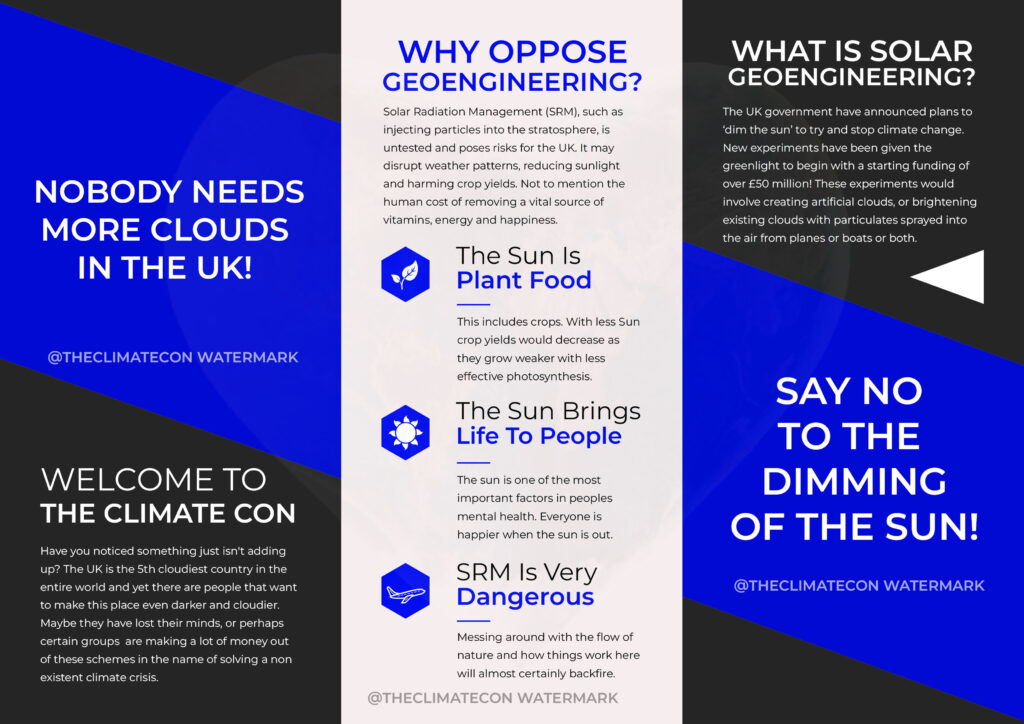Solar Installations Being Paid To Switch Off
Build endless solar panels and then pay them to switch off, madness!
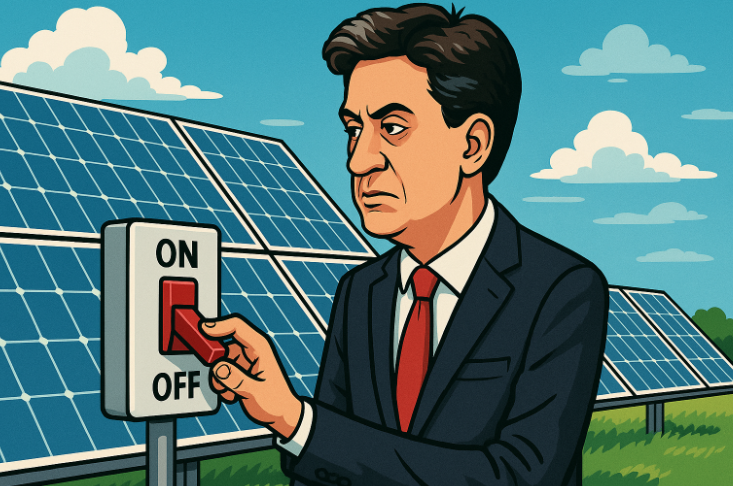
Just when you thought this entire push for endless solar panels couldn’t get anymore insane we have yet another story break that makes the entire agenda even more crazy. Yes, that’s right folks, solar installations are now being paid to switch off. Over £100,000 to switch off between February and June of 2025.
Why are doing this to ourselves? There is abundant hydrocarbons around the world for us to still use not including our own reserves. Then there is promising developments in SMR technology. We do not need to be destroying prime farmland and now even waterways just to then have them then be sitting there doing nothing! All of this is already happening before we get anywhere with the sun dimming experiments.
Solar Following Wind In Draining Taxpayer Money For Doing Nothing
The Renewable Energy Foundation (REF) flagged that five solar farms pocketed £102,500 to cut 3.6 gigawatt hours between February and June. REF’s director, John Constable, nails the issue: these payments, alongside £200 billion in renewable subsidies since 2002 (roughly £8,000 per household), are ballooning energy costs. He argues that renewables should be self-sustaining by now, not leaning on subsidies or constraint payments, which drive the UK’s sky-high energy prices. This resonates with our view that the rush to renewables ignores practical energy needs and the benefits of reliable, CO2-emitting sources like natural gas, which don’t require such wasteful interventions and have been wrongfully demonised.
NESO and the Department for Energy Security and Net Zero defend the payments, claiming they’re working on grid upgrades to minimise constraints. But upgrades are costly, and guess who’ll foot that bill? Consumers, again. Shadow Energy Secretary Claire Coutinho calls out the hypocrisy of promising £300 bill cuts while paying renewables to idle, projecting a tripling of wind farm constraint costs by 2030. This underscores the flawed logic of prioritising climate targets over affordable energy, a point we’d argue is rooted in an overblown fear of CO2—a molecule essential for plant growth and food security.
Octopus’s push for zonal pricing, where energy prices reflect regional supply and demand, could reduce constraint payments by incentivising better-placed infrastructure. It’s a market-driven idea worth exploring, but it doesn’t address the core issue: the net zero agenda’s reliance on intermittent renewables. From our perspective, this article exposes a system where ideology trumps economics, jacking up costs while sidelining CO2’s role in a balanced, affordable energy mix. It’s a case study in why we need to rethink energy policy with pragmatism, not dogma.
Solar Panels On Top Of School Building Catch Fire
If only there was some cheap reliable abundant source of energy we could tap into that doesn’t need to be paid to switch off and doesn’t put the education of primary school children at risk!?
The Beginners Guide To The Climate Con
Stop Solar Geoengineering - The New Leaflet
Continue Your Learning

Climate Working Group Disbanded
Our enemies cannot handle a debate because the truth is too powerful. Instead, they do everything possible to silence opposition.
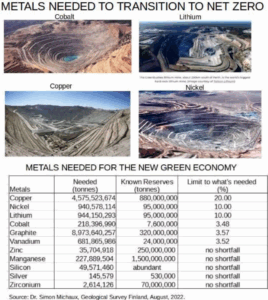
Net Zero Is Mathematically Impossible
Not only does net zero fail a logic test, it fails a maths test even more significantly. Numbers and facts don’t lie, no matter how loud the climate cult cry.
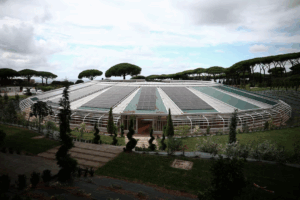
A Ridiculous Foray into Eco-Fantasy: The Vatican’s “Borgo Laudato Si” A New Climate Cult Centre
For some reason the pope is joining the ranks of the climate cult and is opening a new eco centre to supposedly inspire others to join the climate cult.

Net Zero Banking Alliance Defeated
The net zero banking alliance all but admits defeat as they pause operations and their future hangs in the balance of a members vote.

The Climate Is Always Changing And That’s A Good Thing
The climate is always changing and that is a good thing. I could adapt to it being a bit warmer in the UK quicktime, how about you?
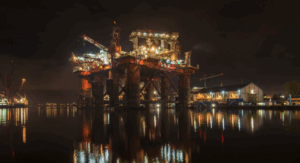
Oil Rig Parts Maker Nearly Completely Abandons Operations Due To ‘cult of carbon’
The UK is getting left behind as the decimation of our industry continues under the banner of net zero. When we realise we don’t need any of this and claim our true abundant destiny?
Our Products
-
Accessories
White glossy mug
£7.00 – £9.50 This product has multiple variants. The options may be chosen on the product page -
Accessories
The Climate Has Always Changed Sticker
£3.33 – £3.83 This product has multiple variants. The options may be chosen on the product page
Track The Cost Of Net Zero
Stay ahead of the transition with real-time cost monitoring and optimization tools.
Access Cost Trackers →

